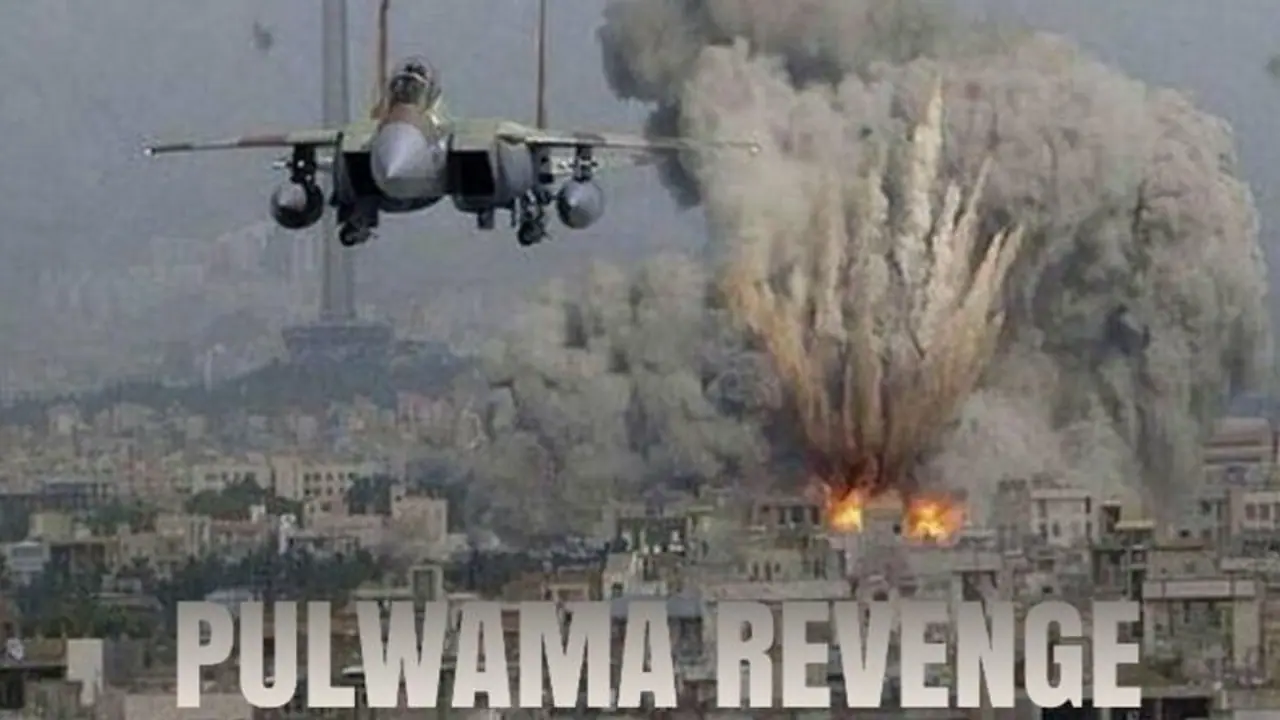We have now established that it was Balakot not Balakote that was hit. Why is this important? Mostly because Pakistan will tend to play down anything that hits it severely. For example, the Kargil retreat negotiated by Nawaz Sharif was portrayed as nothing much and the casualties of that war which Sharif claimed were greater than the 1965 war were suppressed completely with funerals held in secret. Clearly then, the blow is severe
We have three facts staring us in the face in the wake of the airstrikes on Pakistan to avenge the Pulwama attack in which more than 40 CRPF jawans were killed.
Fact 1: Pakistan desperately playing down the strikes
It is deploying its own kept media but also useful idiots in the Indian media and political class to divert attention from the strikes.
This started with nit-picking on if the Balakot hit was in fact THE Balakot in Khyber Pakhtunkhwa, described in a 2004 Wikileaks cable as the hub of all Jaish-e-Mohammed (JeM) activity. Or, it is Balakote, an inconsequential village straddling the Line of Control (LoC).
Also read: Why Pakistan’s Balakot and Muzaffarabad were ripe for Indian airstrikes
The propaganda took exactly 15 to 20 minutes to die down. The Pakistan Army’s director general of Inter Services Public Relations contradicted himself within two hours, claiming first that the strikes were at Balakot and then claiming they were at Balakote. Embarrassingly, there were enough Pakistani video tweets showing aircraft scrambling around Balakot, videos that were subsequently deleted and then retweeted without the location. But in the age of social media, the game was up.
We have now established that it was Balakot not Balakote that was hit. Why is this important? Mostly because Pakistan will tend to play down anything that hits it severely. For example, the Kargil retreat negotiated by Nawaz Sharif was portrayed as nothing much and the casualties of that war which Sharif claimed were greater than the 1965 war were suppressed completely with funerals held in secret. Clearly then, the blow is severe.
Fact 2: India remarkably mature in its reaction
Unlike the 2016 surgical strikes which were trumpeted as a great achievement, the government has been remarkably circumspect this time. That is something unusual about this government.
Our greatest victories like the Doklam standoff and now the airstrikes produce the greatest dignity and reflection from the government, while non-achievements are trumpeted.
This has been an important lesson for the Indian leadership as it shows that air power, when correctly, can minimise casualties and be used like a precision tool causing disproportionate damage deep inside Pakistan. These benefits are more long-term than ground strikes that do not go deep or cause enough damage.
Similarly, it was left to the foreign secretary to confirm the strikes. He did so in a factual, matter-of-fact manner. He built a clear case of pre-emption (warding off an immediate and imminent threat) which is perfectly legal in international law.
This was opposed to previous occasions where clumsy explanations were given citing punitive (punishment for actions) or preventive (prevention of actions yet to materialise) justification both of which are considered illegal.
Clearly then this was a well-thought-out response, directed right from the top. Hopefully it is a template that will be etched on the leadership, or any leadership that runs India, from now.
Fact 3: The JeM leadership is eloquently silent
The best way to prove Indian airstrikes had failed was to trot out the Jaish-e-Mohammed leadership including Maulana Yusuf Azhar, Masood Azhar’s brother-in-law, and to take cameras on a tour of the training camp. Yet, far from that, not one single source or official of the JeM has come forward and a complete press blackout is being observed in the affected areas. This more than anything else screams success.
Like Margaret Thatcher had said: “Being powerful is like being a woman. If you have to say you are, then you aren’t.”
Clearly this is a blow of such epic proportions, it doesn’t need to be trumpeted, because it speaks for itself.
(The writer is a defence and strategic affairs expert. His views expressed here are personal and not necessarily that of MyNation)
